Helping ensure that forest bioenergy is environmentally sustainable
NOTE: This text is reblogged without changes from a blog post authored by Dr. Brian Titus that originally appeared on the BMC blog network, http://blogs.biomedcentral.com/on-physicalsciences/2021/04/15/forest-bioenergy-sustainable/, on 15 April 2021. This blog post is licensed under a Creative Commons Attribution 4.0 International License. One of the authors of the original study, Dr. Viktor Bruckman, is the Deputy Coordinator of the Former IUFRO Task Force “Forest Biomass Network”.
Helping ensure that forest bioenergy is environmentally sustainable
Can removal of woody materials from forests for renewable bioenergy production be environmentally sustainable? A recent review in Energy, Sustainability and Society demonstrates that a wide range of environmental and social values can be protected when harvesting forest biomass, such as harvest residues, salvaged sub-merchantable trees, diseased or dead trees, and whole-tree thinnings.
Brian Titus 15 Apr 2021
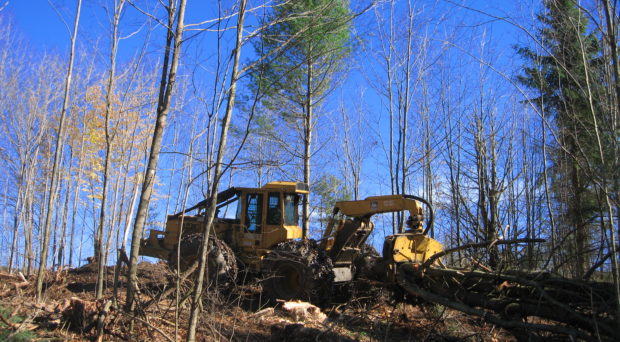
Photo credit: David Paganelli
2021 World Wood Day: Carbon Capture and Storage in Forests, Wood and Non-Wood Products
2021 World Wood Day: Carbon Capture and Storage in Forests, Wood and Non-Wood Products
Report by Hiromi Waragai, Dare to Explore! Trainee at IUFRO Headquarters
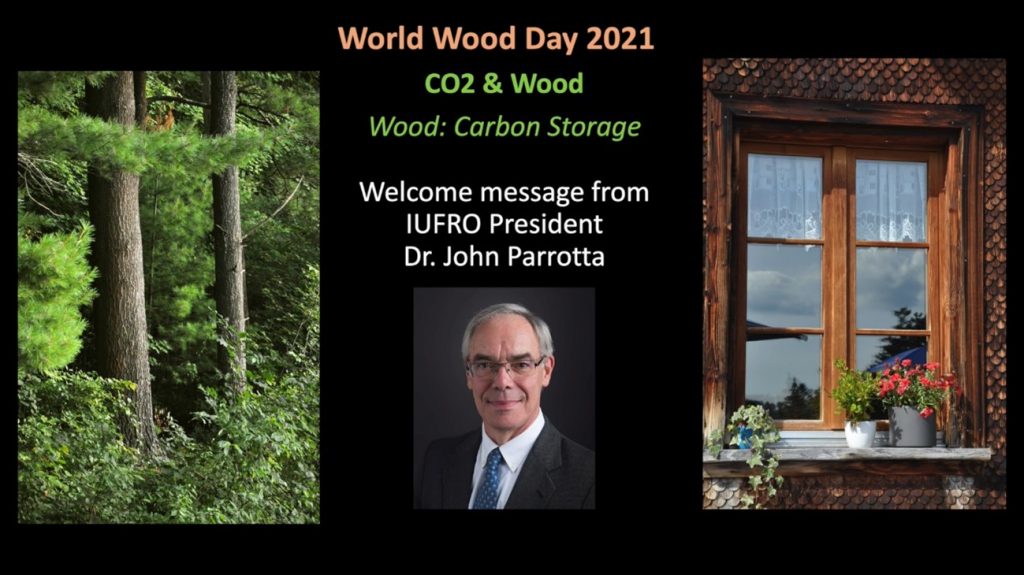
World Wood Day (WWD) is celebrated on 21 March every year in order to highlight wood as an ecofriendly and renewable biomaterial and to raise awareness on the key role wood plays in a sustainable world through biodiversity and forest conservation. Various physical activities such as children’s events, folk art workshop, an international woodcarving show, music performances, tree planting and woodturning demonstrations usually characterize the event. Due to the spread of COVID-19, however, 2021 WWD was celebrated fully online on the day with the traditional scientific symposium as main activity. The other activities will be spread over the entire year and presented via social media. IUFRO President John Parrotta offered a welcome address that can be watched here: World Wood Day 2021 Welcome Message from IUFRO President Dr. John Parrotta – YouTube
Read more…IUFRO Spotlight #87 – Getting everyone on board to succeed in forest landscape restoration
IUFRO Spotlight #87 – Getting everyone on board to succeed in forest landscape restoration

Photo: Forest College & Research Institute, Telangana, India
The world is degraded. Worldwide, according to a 2018 UNESCO publication, land degradation affects 3.2 billion people – about 40% of humanity.
The degradation is human caused, drives species extinction, intensifies climate change, and adds to mass human migration and increased conflict, the report indicated.
So, a critical question becomes: how do we build or, perhaps more accurately, rebuild a sustainable world?
Read more…IUFRO Spotlight #85 – Variety: the spice of life, also for future forests
IUFRO Spotlight #85 – Variety: the spice of life, also for future forests

Forests in the Mediterranean and similar biodiversity hotspot regions are degrading rapidly due to the interaction of multiple stressors – both natural and anthropogenic.
The accelerated degradation poses a serious threat to the diversity of forest genetic resources (FGR).
Read more…“Harnessing Synergies between Agriculture and Forest Restoration’
“Harnessing Synergies between Agriculture and Forest Restoration’
Communities work together to restore forests – an example from Nepal
By Lila Nath Sharma, PhD
Blog from IUFRO Member Organization ForestAction Nepal
Jalthal forest is a 6,000 ha forested land in the densely populated region in the lowland of Southeastern Nepal. It is a remnant moist tropical forest with diverse ecosystems and habitats comprising swamps, rivers, ponds, hillocks and plain areas. It is an important biodiversity hotspot with several threatened floras and faunas including the Asiatic elephant and pangolin. The forest has unique assemblages of tropical and subtropical plant species found in the sub Himalayan tract. Floristic elements from different bio-geographical regions – Sino Himalayan, East Asian and Indian, for example – makes the forest diverse and unique.
The forest is an important source of environmental services including fresh water and multitudes of forest products for people living around the forest. It is currently managed by 22 Community Forest User Groups (CFUGs) and is an important livelihood source for over 80,000 people. In spite of high ecological and social significance, the Jalthal forest is subjected to multiple pressures. These include invasive species, human-wildlife conflict (particularly human-elephant), wildlife poaching, illegal felling of trees and timber focused forest management.
Read more…Putting a Halt to Tropical Forest Loss is a Matter of Human Survival
Putting a Halt to Tropical Forest Loss is a Matter of Human Survival
(Vienna, 9 September 2019) Never before, it seems, have forests received as much public attention as at present. Sadly, the reasons for this are most distressing: forest fires of unprecedented dimensions all over the globe; a growing lack of resistance of trees to stressors such as drought, pests and diseases; and the uncontrolled exploitation of forests in environmentally sensitive areas.
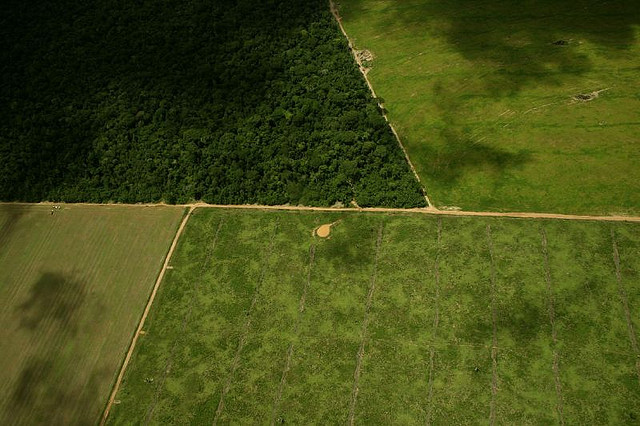
Congress Spotlight #72 – Radioactive Contamination and Forests: Learning Lessons from Chernobyl and Fukushima
Congress Spotlight #72 – Radioactive Contamination and Forests: Learning Lessons from Chernobyl and Fukushima
Forests, except in the most severe cases, are quite resilient to radioactive contamination and will continue functioning normally.
That is one of the surprising takeaways from the nuclear accidents in Chernobyl and Fukushima.
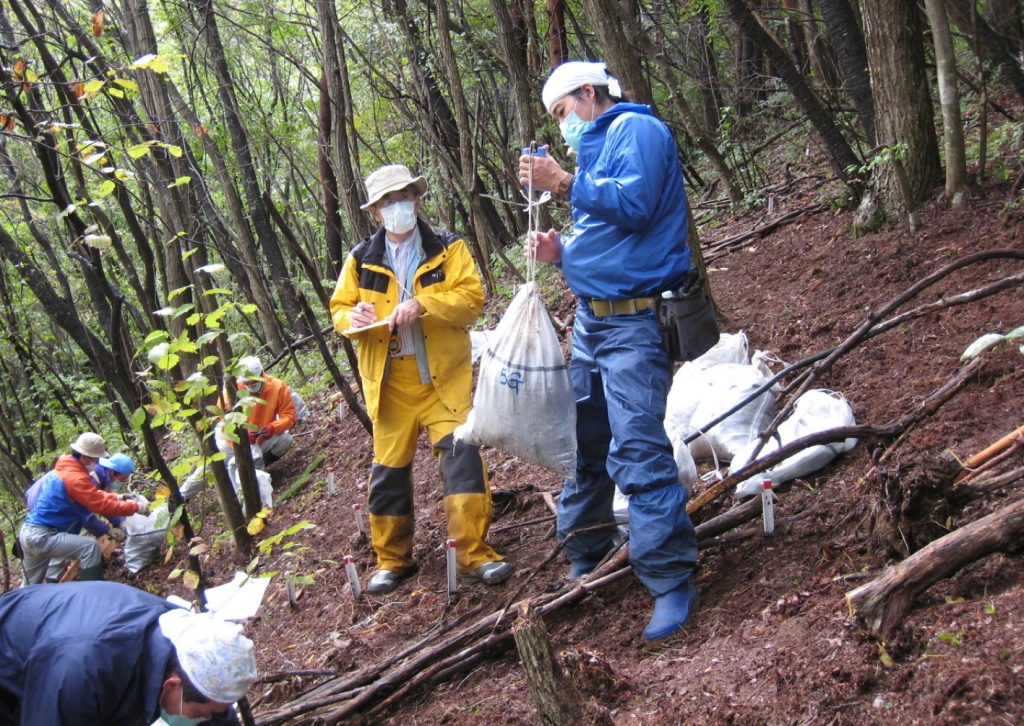
Photo: FFPRI
Congress Spotlight #71 – High Time to Again Pay More Attention to Ecological Processes in Sustainable Forest Management
Congress Spotlight #71 – High Time to Again Pay More Attention to Ecological Processes in Sustainable Forest Management
Human needs and our environment continue to change. Because of that, forest management practices, in terms of sustainable forest management (SFM), need to be updated, said Dr. Liu Shirong, Professor of Forest Ecology and Hydrology and President of the Chinese Academy of Forestry, Beijing, China.
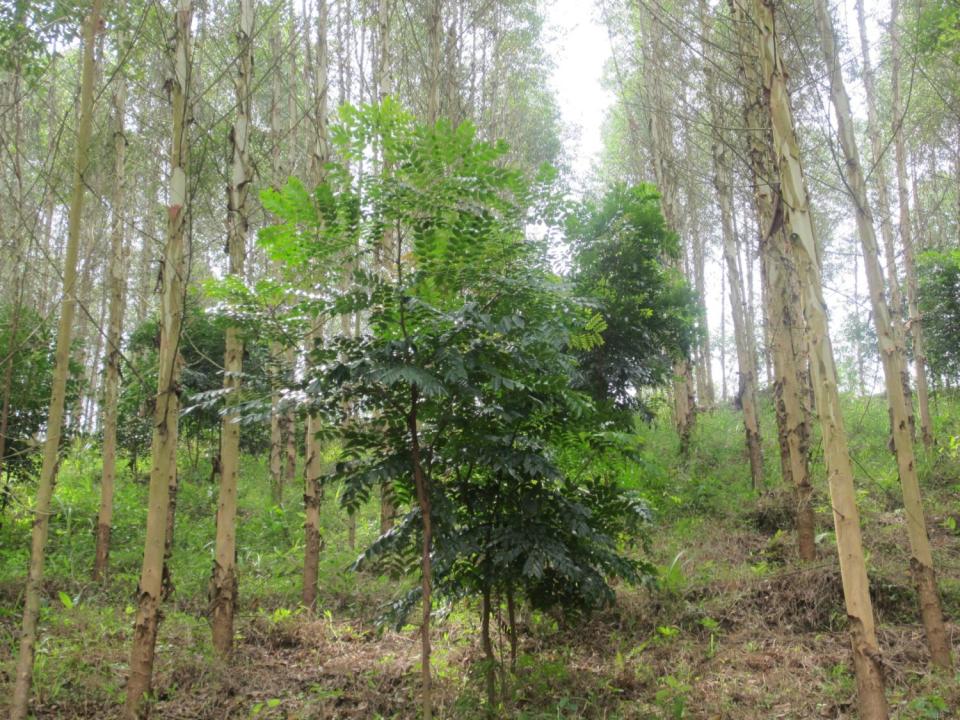
IUFRO Spotlight #66 – A forest mix may best address global change
IUFRO Spotlight #66 – A forest mix may best address global change
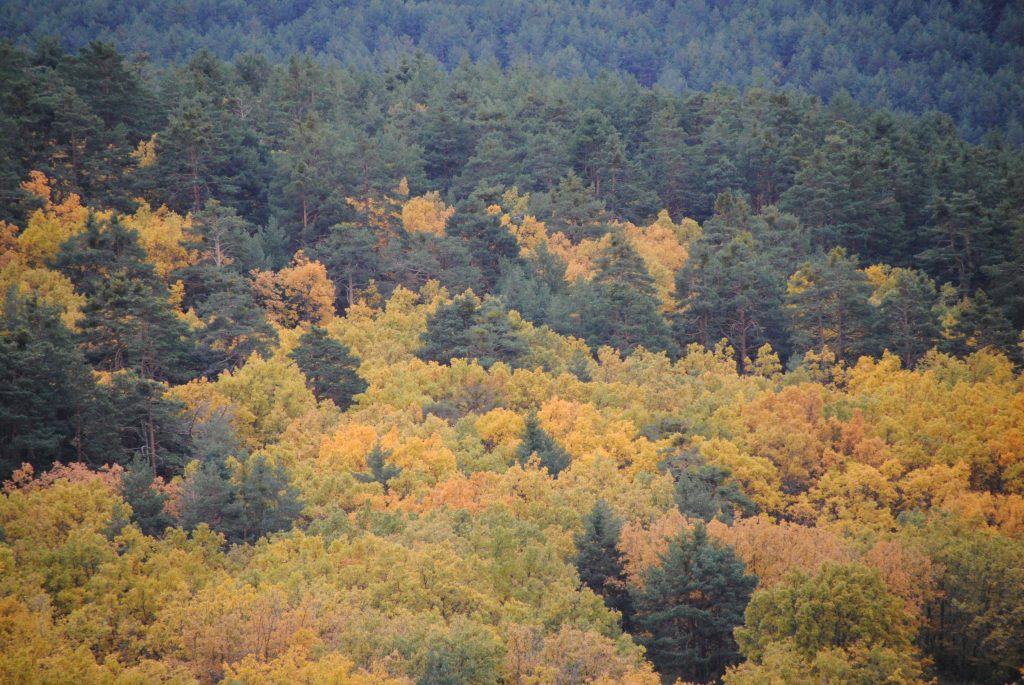
Managing a mixed forest in the context of environmental and social change is the focus of a recent publication put together by members of IUFRO Research Group 1.09.00 (Ecology and Management of Mixed Forests).
The structure, dynamics and functioning of such forests are increasingly relevant topics for researchers.
Read more…Congress Spotlight #64: Latest in forest science to be showcased in Brazil
Latest in forest science to be showcased in Brazil
IUFRO Spotlight issues up to September 2019 will primarily focus on the XXV IUFRO World Congress that will take place on 29 September – 5 October 2019 in Curitiba, Brazil.
Individual Congress sessions will be highlighted in order to draw attention to the broader Congress themes, the wide variety of topics that will be addressed at the Congress and their importance on a regional and global scale.
Visit the Congress website at http://iufro2019.com/ or https://www.iufro.org/events/congresses/2019/.
For the first Spotlight in this series we have invited Dr. Jerry Vanclay, Chair of the IUFRO World Congress Scientific Committee, to offer a sneak peak of the attractive and comprehensive technical program and talk about his personal expectations of the Congress.
————————–
